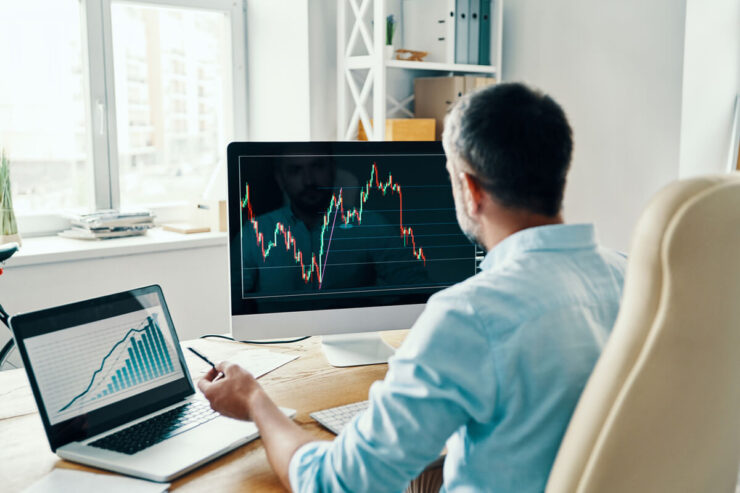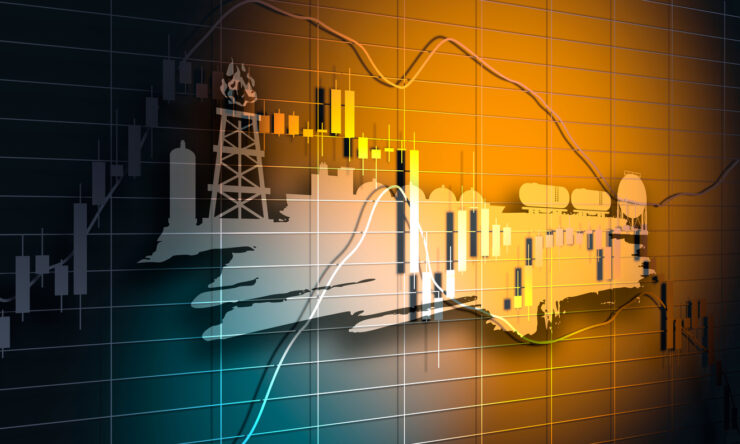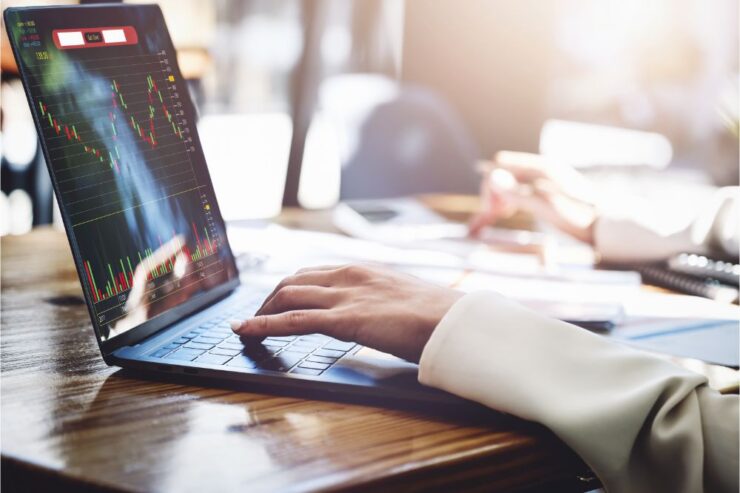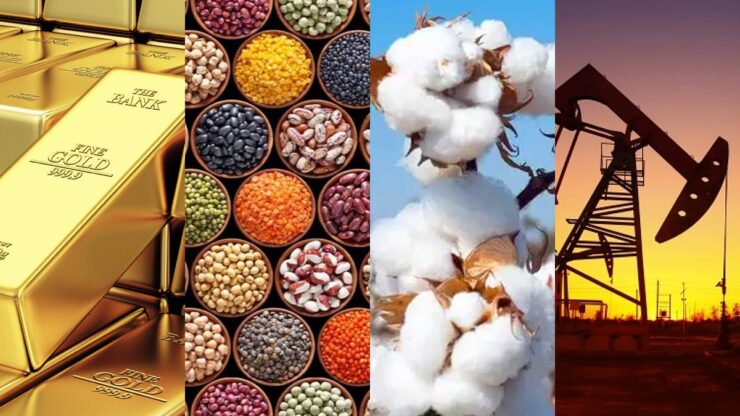Whether you’re new to the world of trading in general or have only invested in more popular options like forex, stocks, and cryptocurrency—any seasoned investor will tell you that it’s never a good idea to gamble with all your eggs in a single basket.
This is primarily why the most experienced investors rely on commodity trading to diversify their portfolios.
Commodity trading isn’t exactly a recent phenomenon, though. It has been around far longer than all other trading options. But while centuries ago, commodity trading was done only physically, it is now a prominent part of the digital trading world, with commodities being exchanged on all leading online investment platforms and well-known commodities trading exchanges like the London Metal Exchange.
What Exactly Is Commodity Trading and How Does It Work?

Before we try and understand commodity trading, it’s important to understand the term commodities itself.
In the simplest terms, commodities are raw materials or resources refined or used to create finished goods. They can include everything from fossil fuels to agricultural products, mineral ores, and other natural resources like oil and natural gas.
Commodities are typically seen as a way to diversify one’s portfolio. Through commodity trading, investors can exchange futures contracts for different assets. The contracts are based on the price of a physical commodity being exchanged. Since commodities are a massive part of our everyday lives—their trading is quite a lucrative endeavor.
But that being said, commodities markets are driven mainly by the demand and supply mechanisms, making them very risky investments in general. However, the good thing is that since commodities’ prices and stock prices usually go in opposite directions, therefore they can really help when the market is highly volatile.
What Types of Commodities Are Traded?
There are several different types of commodities that are traded. But they’re all sorted into four main categories, i.e., metal, agricultural, energy and livestock, and meat.
Some of these are considered hard commodities, while others are known as soft commodities. And globally, some commodities like gold, crude oil, natural gas, cotton, and coffee are the most-traded commodities.
Here are some insights for each category.
Energy

Commodities in this category are typically referred to as hard commodities. These include natural gas, crude oil, coal, ethanol, and propane.
These are incredibly necessary and popular globally, and several factors affect the energy sector in the commodities market. For instance, there can be shifts in production, or there can be technological advances. For example, crude oil is currently seen as a primary energy source worldwide. However, many alternative energy sources are coming into the limelight in recent years, and they’ll eventually affect the commodities market for crude oil.
Moreover, investors should keep in mind that the Organization of Petroleum Exporting Countries plays a vital role in determining supply, directly impacting oil prices even when all other factors remain in place.
Agriculture
The list of agricultural commodities is fairly long, but the most commonly traded ones are corn, wheat, rice, soybeans, coffee, cocoa, sugar, and cotton.
In general, with agricultural commodities, it’s important to factor in the possibilities linked to unexpected weather conditions, especially in the summer months. Specific weather transitions can make these commodities very volatile. But generally, agricultural commodities trading is very profitable.
Image Filename: wheat-field-agricultural-commodity
Image Alt-text: An image of a wheat field
Metals

Metals including gold, silver, copper, and platinum are the most popularly traded commodities. Gold is especially considered a very dependable metal—one that investors like to invest in when the market is incredibly volatile.
People also use precious metals as an inflation hedge. And in general, commodities trading with metals has proven to be extremely rewarding, making it a great way to diversify the portfolio.
Livestock
Meat and livestock commodities are considered soft commodities, including pork bellies, beef, live cattle, and milk.
Sometimes, the livestock category is merged into the agricultural category, partially because the two markets operate in similar ways.
Why Is Commodity Trading A Good Idea?

Commodity trading has consistently grown in popularity mainly because it has several benefits and helps your portfolio in very different ways.
For starters, commodity trading serves as a hedge against inflation. Because stocks, forex, and even cryptocurrency are affected by inflation, it usually doesn’t have the best outcomes for investors. However, while prices of stocks typically fall during periods of inflation, commodity prices rise—thanks to growing demand. As a result, the final goods also become more expensive. This helps investors secure their capital and its value during such challenging times.
Moreover, commodity trading also protects against unpredictable geopolitical events affecting the supply chains. And they offer an incredibly high level of leverage while diversifying your investments and portfolio. Also, the negative correlation between the prices of stocks and commodities serves as a win-win mechanism for an investor trading in both.
How To Get Started With Commodity Trading

While commodity trading is clearly very beneficial, it’s important to remember that it can be risky, especially for someone unfamiliar with how the commodity market operates.
If you’re still new to this, try to keep these factors in mind.
First off, you should familiarize yourself with commodity trading exchanges in your region. This is an important step, and it’s important to be patient and research well before you make any investments.
It’s also important to remember that the commodity and stock markets operate very differently, so you shouldn’t mix them up. And while you’re generally diversifying by investing in commodities, you should diversify further by investing in multiple commodities instead of just investing in one metal like gold.
Once you’ve researched and learned enough about commodity trading in general, we suggest you head over to an energy or agricultural commodities trading platform like Crystal Ball Markets. It’s one of the best trading platforms for beginners and can help you make sense of commodity trading.
If you think you’re ready, register now to get started.
About the Author
The author is a professional financial advisor with years of experience helping clients manage their funds and investments. They use their knowledge and expertise to write insightful and helpful blogs for several finance-centric publications.

